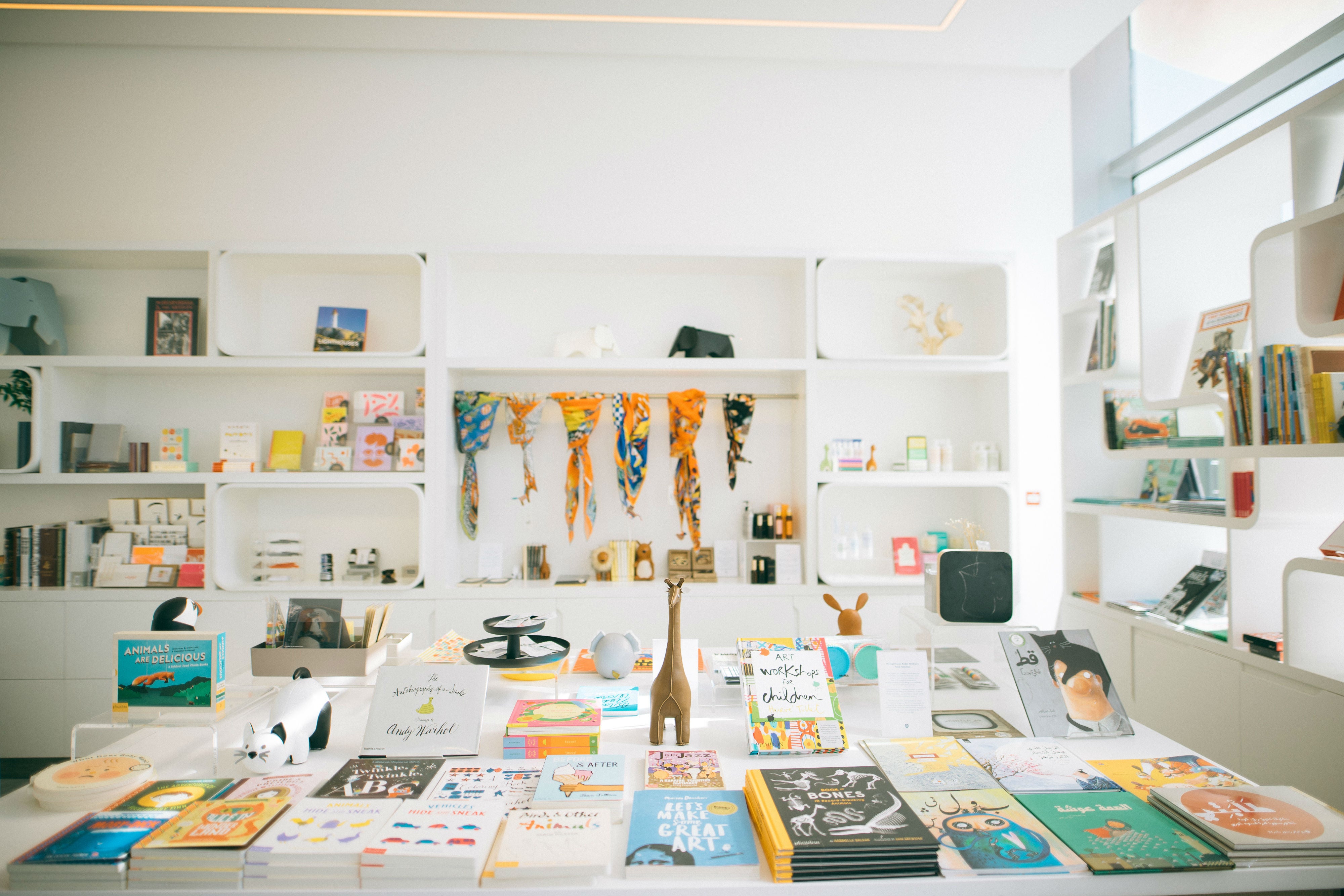The How-To: Building A Business That Delights Customers The Lighthouse, Dubai's Hashem Montasser on how they built the business in an experiential and curated way, where the experience created by the sum of the parts is greater than the individual pieces.
Opinions expressed by Entrepreneur contributors are their own.
You're reading Entrepreneur Middle East, an international franchise of Entrepreneur Media.

"The pieces that I chose were based on one thing only– a gasp of delight. Isn't that the only way to curate life? To live among things that make you gasp with delight?" - Maira Kalman in My Favorite Things
Whenever I look back to consider the value proposition that drove us to launch The Lighthouse as an experience that combines food (via our restaurant) and design (via our concept store), I remember this quote above. The reason it resonated with me in the first place is because it essentially sums up the customer experience we were after: we wanted our customers to not just enjoy our food or buy our products, but also be positively surprised -in all the good ways- and nothing described that feeling better than "a gasp of delight."
We celebrated our first anniversary at The Lighthouse a few short weeks ago, and we have a lot to be grateful for. We built a Dubai-based homegrown brand from scratch that our customers can relate to, we created a space for likeminded people that crave a relaxed but stimulating atmosphere where they can connect with other creative members of the community, and, most importantly, we built the business in an experiential and curated way where we felt that the experience created by the sum of the parts is greater than the individual pieces. As we look back, three takeaways come to mind that we can reflect on and will continue to think through and refine over time:
1. ANYTHING WORTHWHILE TAKES A (VERY) LONG TIME
This is true of life, and most definitely true of a new business. In many cases, outsiders only see the final outcome, and it's easy to assume that the process and time spent bringing it to life is a straightforward one. Nothing is further from the truth. In our case, it took my co-founder Hany Bassiouny and I six months to brew the idea in our heads, before we started seeking out the advice of friends and family. And then it took another full year in which we painstakingly wrote a business plan, only to revise it a million times, put together a coherent presentation that reflects the final products and that we can take to our stakeholders, before finally spending hours and hours brainstorming with our designers to build the brand, its values, colors, logo etc. I also traveled pretty much everywhere I could (Europe, US, Asia, Middle East) looking at comparable businesses, gathering ideas, and gaining inspiration.

2. ALWAYS PLAY TO YOUR STRENGTHS
One of the big lessons of the last two years including the launch of The Lighthouse in January 2017 is to very pragmatically figure out what you are- and what you are not. It sounds simple to build self-awareness as a business, but the reality is it is tempting to try to be all things to all people, succumbing to market trends, and often, that winds up muddling the brand's identity and confusing your target audience. In our case, we knew that our strength lay in an experiential, multi-sensory atmosphere that we aim to create for our customers. The Lighthouse is not intended to be a pure restaurant nor is it simply a retail store; it's the combination of those elements, as well as the music, the interior design/décor, and of course, the staff that lends it a unique factor.
We really think the basic tenets of The Lighthouse as the building blocks of a lifestyle brand, and we work very hard to deliver that experience to our customers. Hence, whenever we think about tweaking the experience, we think of those elements in combination and not in silos, because we know that one affects the other (the domino effect), and that combining these elements is ultimately our strength, and what makes us stand out.
It is tempting -and at times easier- to fall into the trap of adopting strategies simply because they worked for others, but we have learned time and time again that we are more successful when we develop a unique strategy that caters to our own strengths. For example, it's far more rewarding for us to organize roundtable breakfast panels with designers and authors that showcase their work and speak to The Lighthouse's DNA (our bookshop has a combination of lifestyle books including art, design, and food, and is very popular among our customers), than simply offering promotions to try to bring in customers.

3. KNOW YOUR FACTS AND FIGURES
This sounds self-evident, but you'll be surprised how often it's ignored or simply not studied enough. I have had the privilege to have worked at the highest levels of finance for well over a decade before we set out to launch The Lighthouse, but that didn't mean I took the task of "pricing out" the business and developing a sustainable business model for granted. In fact, Hany and I worked on four simple but crucial elements:
a. Projecting our revenue.
b. Determining our cash flow and P&L (profit and loss) three years into the future. We found that it's very difficult to forecast anything beyond three years, and even with three years, you'd have to make assumptions that will invariably change, but it provides a good baseline. And it's always a wiser strategy to err on the side of caution than build scenarios that are not stress tested, especially for new concepts and locations that do not have actual data to support them.
c. Developing a detailed budget of all our initial capital expenditure and future costs.
d. Creating comprehensive reporting that we can use day-to-day to track the business. This includes a number of key ratios focusing on major cost drivers such as headcount, rent etc.
This exercise is not only important because it allows you to determine your cost structure and then decide where you could have wastage that can be eliminated, but also, it's almost more important as a tool that guides your investment decisions. In other words, the reporting informed us where the business was strong and where it needed a stronger push, and in many cases that push didn't mean cutting cost, but investing more to generate a higher revenue base.
A sound business model based on realistic projections not only gives you confidence as an owner/ operator, but also provides comfort to your shareholders and stakeholders alike. They will be happy to know you are in full command of the business and have laid it out in a transparent and organized way that allows you to continue building out a successful brand over time. After all, shareholders are looking for "a gasp of delight" as well.
Related: Noon's Christian Eid On Building A Brand That Resonates With People












